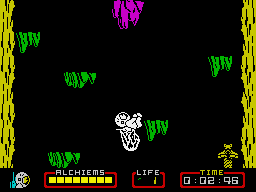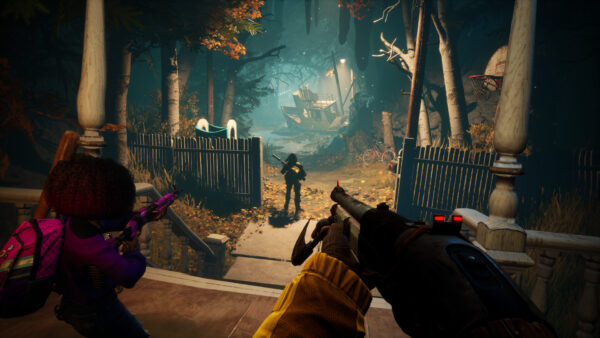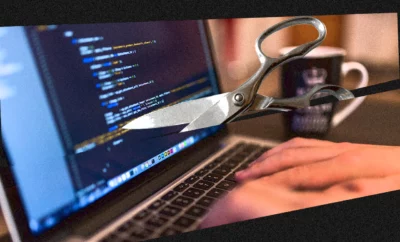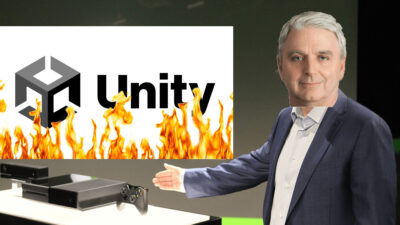
Odin Computer Graphics made some superb games in the ZX Spectrum era – and then everything went wrong. Kim Justice digs into their sad story.
The early days of microcomputers played host to a number of companies we still know today – names such as Ocean, Psygnosis, and Codemasters that will forever be amongst the UK’s great software houses. But it also features many who fell by the wayside – they had a few games but never quite managed to reach their full potential. Those studios, however, are still relevant, with stories that resonate through the years, and lessons that, even if they’re harsh, are worth learning from. One such company that I’ve been looking at recently is Odin Computer Graphics, and I’ll try to sum up its story as best as I can in 500 words or so.
In its short time, Odin became renowned for titles such as Nodes of Yesod, and Robin of the Wood – games of exceptional quality in every department, from graphics to gameplay. Rising from a lesser studio by the name of Thor, it was quite inspired by the approach Ultimate Play the Game (the studio that went on to become Rare) took, but it saw that standard as something to improve on, rather than simply aspire to. Games such as Heartland and Sidewize pushed the boundaries of what people thought was possible on the ZX Spectrum – no one had seen sprites mingle with each other so cleanly, or thought that a 60 fps shoot-‘em-up was even possible on the platform until Odin did it – the work of programmer Steve Wetherill in particular, who would later go on to work with EA, was something to behold.
It couldn’t maintain that standard, though – and for a simple reason. Odin took a deal with Telecomsoft to produce ten games inside of a year, for a six-figure sum. It looked like something that would take Odin to the next level – but as a small team of young people, not particularly versed in planning out projects, it struggled to fulfil it. The sudden expansion, and need to split into teams and organise, proved too much – it quickly had too many plates to spin, and chaos was the result. The quality of games dropped off a cliff, and in the end, Telecomsoft disputed the deal, claiming it was unsatisfied, and withheld payment. Telecomsoft had expected ten games on the level of Yesod – a high bar that any studio of the time would have struggled to meet.
Unfortunately, the fallout from this killed what was, at one stage, a potentially brilliant company. What can we learn from this? A simple lesson, but one that’s not always followed: be wary of spreading yourself too thin, too soon. Times may be good, and opportunities may arise, but there’s always the potential to take on too much, and to not be able to say “no” when sometimes, for your own sake, that’s really the best thing to do. So if there’s a time when you have a great deal of opportunities come your way, always make sure that you can fulfil them.
The chalice may be shining, but always check that it doesn’t contain arsenic.





